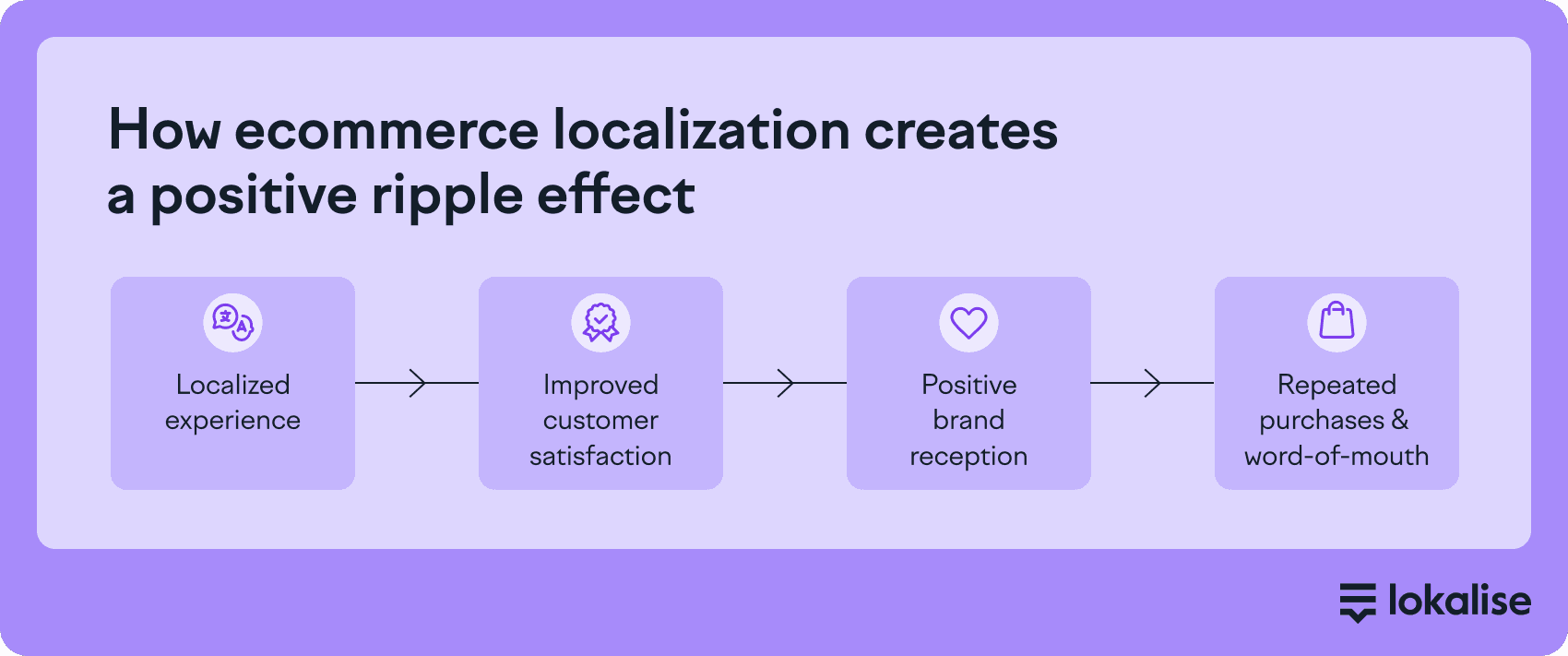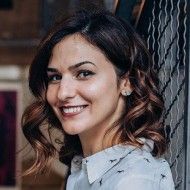Gain competitive advantage
With globalization, buying products is incredibly easy and available within a click of a button. It’s estimated that there are over 26 million ecommerce websites out there, which means two things:
- There’s a lot of competition across different industries
- Buyers have a lot more choices compared to just a decade ago, and they don’t tolerate poor customer experiences
When you make your international ecommerce store available in target languages and think about adjusting the experience to different locales, you build a rapport with global customers from the get-go. The more your customers feel seen and heard, the better they’ll feel about your brand.
Nowadays, people expect personalized interactions, instant gratification, and a smooth browsing experience. The extent to which you decide to localize your website will make a difference between building an average experience and a stellar one.
Example of building year-round revenue
If you truly adopt the customer-first approach, you will positively impact sales and gain a competitive edge. Let’s take a look at reverse seasonality to better understand how multilingual content and localization play a crucial role in your go-to-market strategy.
Reverse seasonality refers to the practice of adjusting your international ecommerce business's marketing, inventory, and promotional strategies to account for the opposite seasonal patterns in different parts of the world. This is especially important if you operate in both the Northern and Southern Hemispheres, where seasons occur at opposite times of the year.
Let’s say you’re an online fashion retailer that sells clothing in both the US (Northern Hemisphere) and Australia (Southern Hemisphere). In December, it’s winter in the US, so you’ll promote winter coats, scarves, and boots.
Simultaneously, in Australia, it's summer. This means that the localized ecommerce store for Australia and your marketing campaigns will focus on swimsuits, sunglasses, and beachwear.
The result? Higher market penetration, better customer experiences, and maximized revenue all-year-round.




